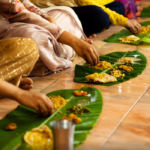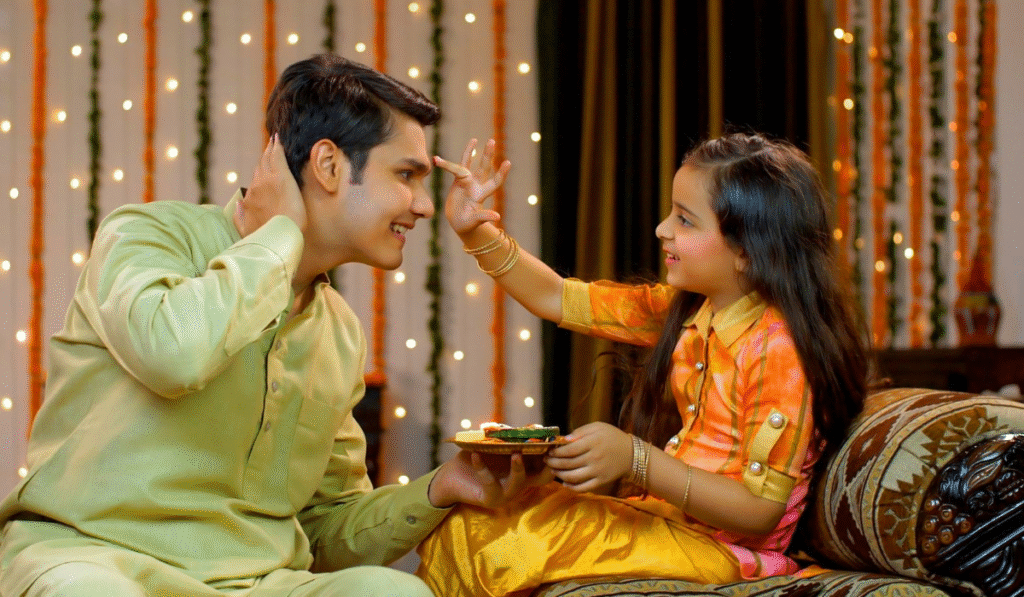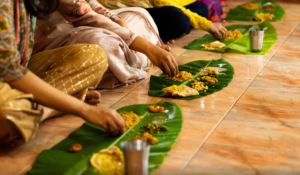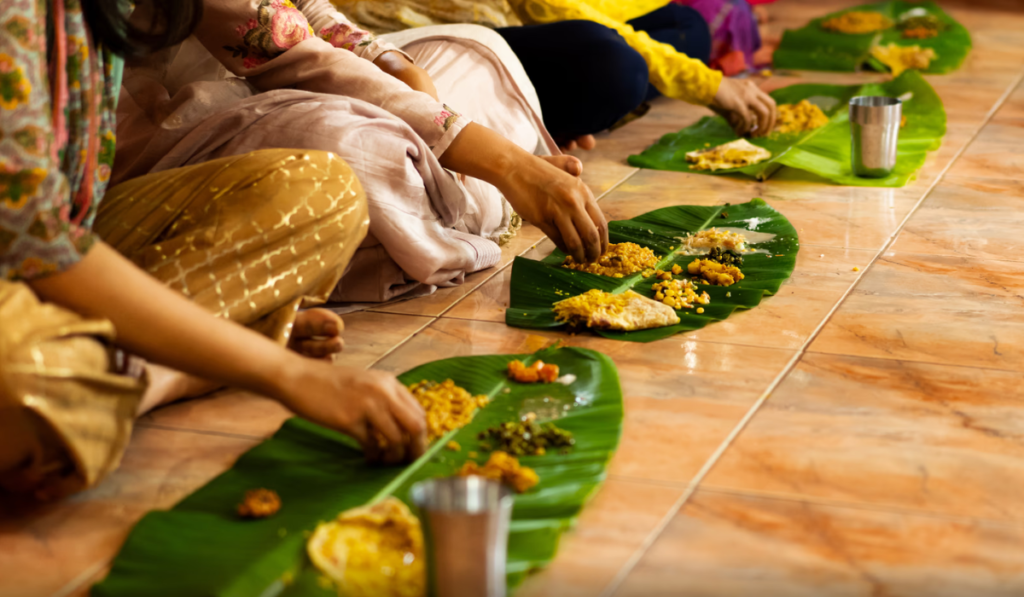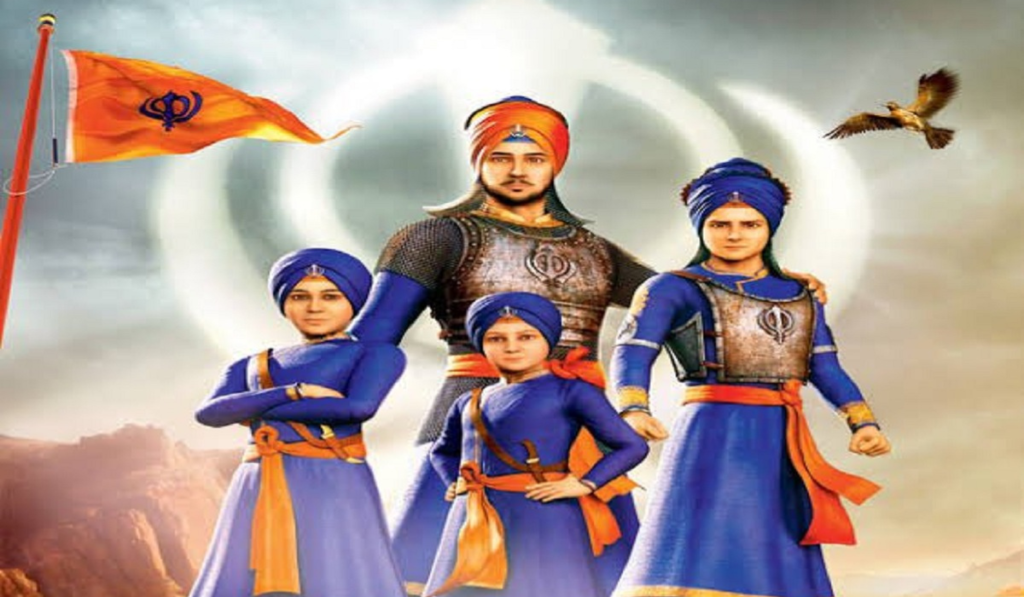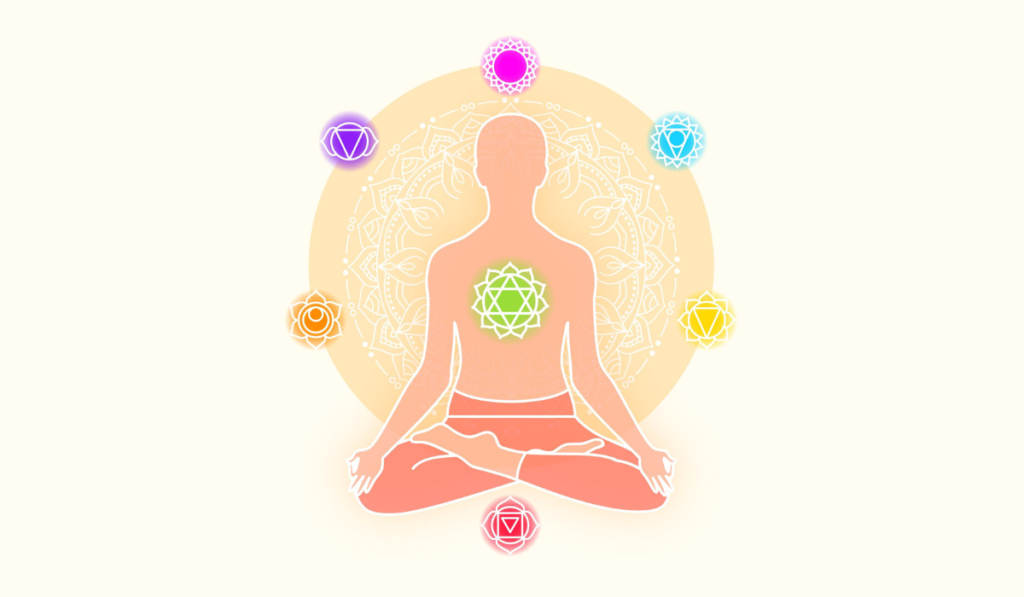Bhai Dooj 2025 marks the beautiful finale of the Diwali celebrations, a festival that celebrates the unbreakable bond between brothers and sisters. On this sacred day, sisters pray for their brothers’ long life and happiness, while brothers promise to protect and support them always.
The rituals are simple yet deeply symbolic, a tilak of love, a thali of blessings, and an exchange of ashirwad that carries warmth beyond words.
Bhai Dooj 2025 will once again bring families together to honor this divine bond of affection and protection. Whether celebrated with traditional puja vidhi or a modern exchange of gifts, its essence remains the same: love that transcends distance, time, and words.
Key Insights Before You Begin
- Bhai Dooj 2025 will be celebrated on Thursday, October 23, 2025, two days after Diwali.
- The festival symbolizes the sacred bond of love, protection, and blessings between brothers and sisters.
- It is also known as Bhau Beej, Bhai Phonta, or Yama Dwitiya in different parts of India.
- The rituals include a tilak ceremony, aarti, and the exchange of gifts and sweets.
- The celebration traces back to the legend of Lord Yama and his sister Yami (Yamuna), marking a day of affection and spiritual purity.
Bhai Dooj 2025: Date, Muhurat, and Timing
According to the Drik Panchang, Timings and Muhurat are this way:
- Festival Date: Thursday, October 23, 2025
- Aparahna Time (Tilak Muhurat): 01:13 PM to 03:28 PM
- Duration: 2 hours 15 minutes, this is considered the most auspicious time for performing the
Bhai Dooj tilak ceremony and aarti:
- Dwitiya Tithi Begins: 08:16 PM on October 22, 2025
- Dwitiya Tithi Ends: 10:46 PM on October 23, 2025
Performing the tilak ceremony and aarti during this period is considered especially favorable for seeking the blessings of Goddess Yamuna and Lord Yama.
What Is Bhai Dooj And Why Do We Celebrate It?
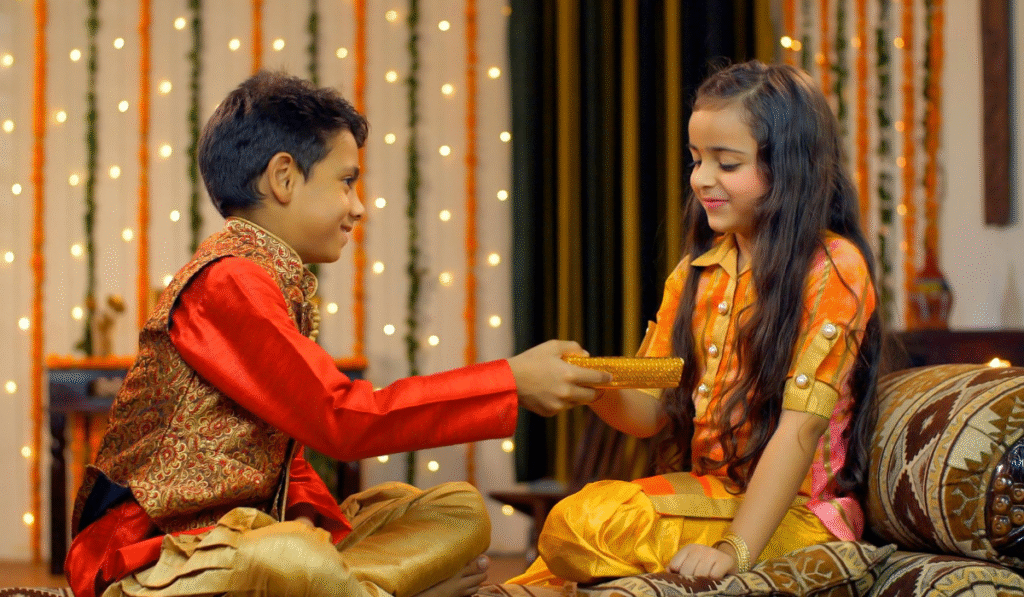
Bhai Dooj is a festival that celebrates the special bond between brothers and sisters. It comes just two days after Diwali and is all about love, blessings, and protection.
The story behind Bhai Dooj is both simple and heartwarming. Long ago, Lord Yama, the God of Death, visited his sister Yami (also called Yamuna) after Diwali. Yami welcomed him with a tilak on his forehead, aarti, and sweets, praying for his long life and well-being.
Touched by her love and devotion, Yama promised that every brother who receives a tilak from his sister on this day would be blessed with long life and happiness.
On Bhai Dooj, sisters still follow this tradition, performing the tilak ceremony, offering prasad, and praying for their brothers’ safety and prosperity. Brothers, in return, give their blessings and sometimes gifts, promising to protect and support their sisters always.
No matter where you celebrate in India, the essence is the same. From Bhau Beej in Maharashtra to Bhai Phonta in West Bengal, it’s a day to honor sibling love, care, and mutual respect. Beyond rituals, Bhai Dooj is a reminder of the spiritual and emotional bond that keeps families connected.
Step-by-Step Bhai Dooj Puja Ritual
Here’s a simple guide to performing the Bhai Dooj puja, celebrating the sacred bond between brothers and sisters. But before we begin the rituals, let’s first see the puja samagri you’ll need.
Puja Samagri:
- Puja thali with diya – for aarti and offerings
- Kumkum/Roli – to apply a tilak
- Akshat (unbroken rice grains) – symbolizes purity and blessings
- Chandan (sandalwood paste) – for divine fragrance and auspiciousness
- Ghee diya for lighting – represents light, hope, and positivity
- Coconut – used as an offering to deities
- Sweets and fruits – for prasad and sharing with loved ones
Step-By-Step Puja:
- Prepare the Puja Thali:
Arrange all the samagri on the thali neatly. Include sweets, fruits, diya, kumkum, akshat, chandan, and coconut. The thali is a symbol of love, devotion, and blessings.
- Apply Tilak on the Brother:
Sisters welcome their brothers and apply a tilak on the forehead, performing aarti with the diya. This is the Bhai Dooj tilak ceremony, symbolizing protection, long life, and love.
- Offer Prasad and Sweets:
Sisters offer sweets and fruits, while brothers may give gifts or tokens of affection in return. This exchange strengthens the bond of care and gratitude.
- Prayers and Blessings:
Sisters pray for their brothers’ health, happiness, and success. Brothers bless their sisters with love, protection, and support.
- Celebrate Together:
End the rituals by sharing a meal or snacks, or simply enjoying the moments together. Even modern celebrations, like video calls or online wishes, keep the spirit of Bhai Dooj alive.
Conclusion
Bhai Dooj is all about love and care between brothers and sisters. It’s that special day when sisters pray for their brothers’ health and happiness, and brothers promise to protect and support their sisters.
Not just that, from applying the tilak to sharing sweets and gifts, every little ritual is full of love and blessings. So, no matter if you follow all the traditional steps or celebrate in a modern way, the heart of Bhai Dooj will always be the same. That is cherishing the bond, spreading joy, and keeping family close.
Frequently Asked Questions (FAQs)
What are the best gift ideas for Bhai Dooj?
Sweets, chocolates, clothes, gadgets, personalized items, small token of money or anything that shows love and care.
What special food is prepared on Bhai Dooj?
Families often prepare traditional sweets like laddoo, barfi, or peda. Fruits, snacks, and festive meals are also part of the celebration.
Is Bhai Dooj and Bhai Tihar the same?
Yes, Bhai Tihar in Nepal is like Bhai Dooj, both celebrate brother-sister bonding with tilak, aarti, and blessings.
Is there a Bhai Dooj after Holi too?
Yes, in some regions, Holi Bhai Dooj is celebrated on the second day after Holi. The rituals are similar but lighter and more playful, keeping the fun spirit of Holi alive.
What is the significance of the tilak in Bhai Dooj?
The tilak symbolizes protection, blessings, and prayers for a brother’s long life, health, and prosperity.
Let’s stay connected! Come say hi on Instagram or follow us on Facebook for daily inspo.





